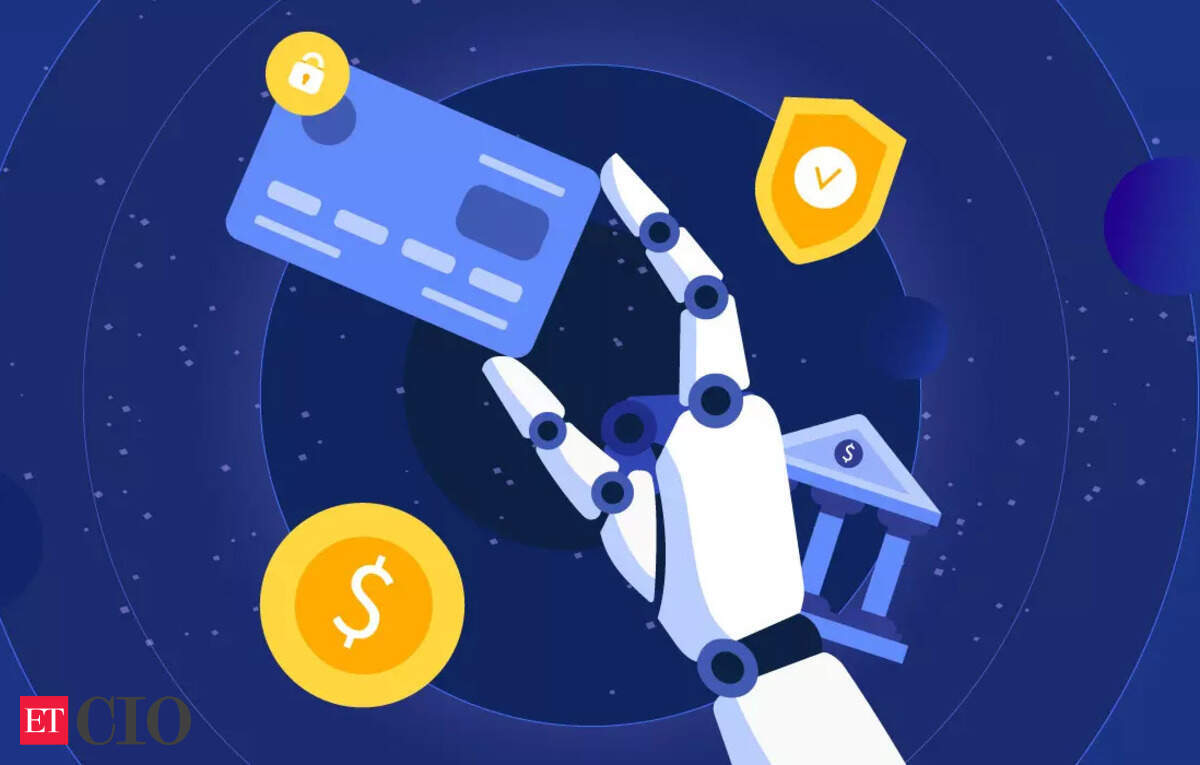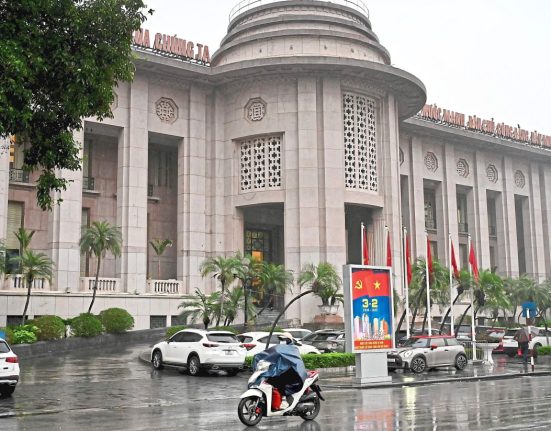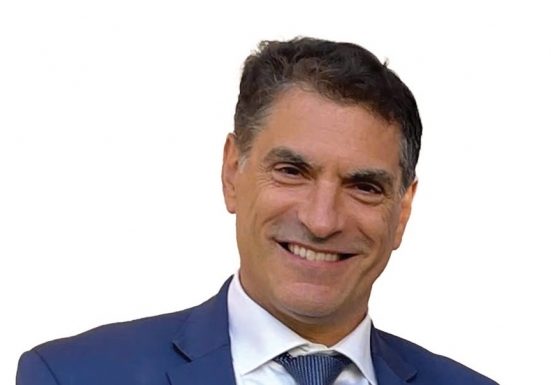In the ever-shifting landscape of fintech, CIOs are no strangers to buzzwords like “blockchain,” “digital transformation,” and “quantum computing.” Yet, as Pinak Chakraborty, CIO of Airtel Payments Bank, reflects, many of these terms remain aspirational rather than operational realities for most enterprises. “We are far away from using blockchain right now,” Chakraborty admits candidly, adding that while blockchain offers immutability and decentralised trust, practical deployment requires extensive collaboration across multiple organisations — a challenge that cannot be underestimated.For CIOs steering large, complex fintech ecosystems, this means adopting a pragmatic mindset. Instead of chasing every emerging technology, leaders must focus on solving real problems with proven solutions while keeping an eye on promising innovations. This approach includes recognising that digital transformation is more than a catchphrase — it’s about embedding technology in processes and culture to deliver measurable impact. However, Chakraborty notes, “I have closed my ears to the term ‘digital transformation’ because too often it’s used without clarity.”
Collaboration and governance: The twin pillars
What stands out in Chakraborty’s narrative is the emphasis on partnerships — with industry bodies, technology vendors, and regulators. “No new technology can be done without collaboration,” he says. The fintech space, particularly in India, thrives on ecosystem-level trust and interoperability, exemplified by initiatives like UPI which required multiple stakeholders to work in unison.
Extended vendor contracts, integration complexities, and regulatory compliance are not merely operational hurdles but strategic considerations that CIOs must navigate deftly. Chakraborty explains how Airtel Payments Bank works closely with NPCI, UIDAI, and hyperscalers like AWS, Google Cloud, and Azure, alongside regulatory bodies preparing for laws like the DPDP Act. Such alliances enable the bank to deploy sensitive features such as facial recognition for customer onboarding while ensuring adherence to compliance and data privacy.
Artificial Intelligence (AI), too, is approached with rigorous governance. Chakraborty shares that the bank implements MLOps practices including model version control, continuous testing, and rollback capabilities to ensure auditability and reduce risks like model drift and bias. “AI is aggressively used, but it does not replace humans. There is always a ‘man in the middle’,” he stresses, highlighting the balance between automation and human oversight crucial for trust in financial services.
Balancing innovation with inclusion and trust
For CIOs leading fintech innovation in India, the ultimate goal goes beyond technology adoption. It is about driving financial inclusion safely and sustainably. Chakraborty describes how biometric cues such as facial authentication combined with contextual fraud scoring using machine learning models have transformed risk management, enabling safer second banking accounts for underserved populations.
However, the journey is not without its challenges. The reliance on multiple data sources necessitates centralised data lakes with unified customer views, while decentralised AI models must be carefully orchestrated for effectiveness and governance. There is also the ever-present need to mitigate data bias and hallucination risks through fine-tuning and restricting AI use cases.
Despite these complexities, the vision remains clear: leveraging technology not as an end but as a means to deliver trust, transparency, and inclusion. As Chakraborty poignantly puts it, “Technology partnerships, regulatory alignment, and ethical AI governance are long-lasting journeys. CIOs who embrace this holistic view will lead India’s fintech future.”
As the digital financial ecosystem continues to evolve at a breakneck pace, CIOs must play a more decisive role not just in tech adoption but in shaping the very frameworks of trust, security, and long-term interoperability. For Chakraborty, the future isn’t about adopting shiny new tools but ensuring the bedrock data, ethics, partnerships, and resilience is uncompromised.
“There’s no shortcut to building for Bharat,” Chakraborty says. “You need to think long-term, act collaboratively, and design for trust.”








